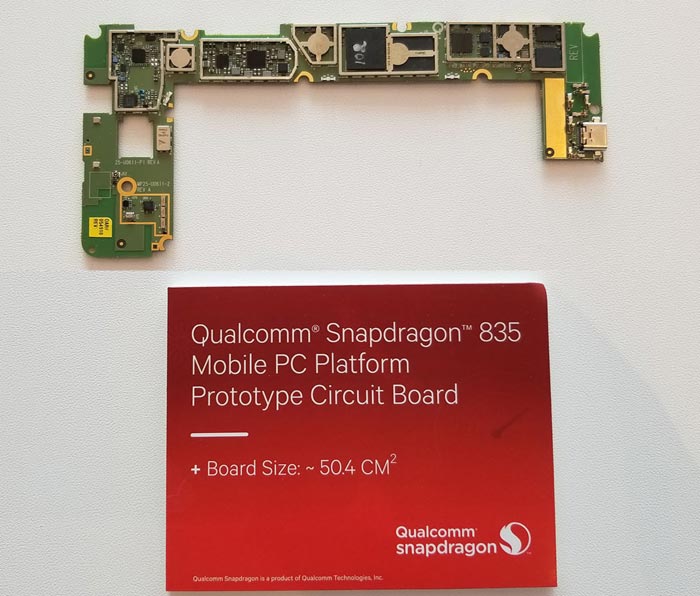We first learned that Qualcomm was working with Microsoft to create ARM-powered PCs, which could run Windows 10, back in December last year. In January the processor that was said to be key to the 'Cellular PC' revolution was launched, the 10nm Qualcomm Snapdragon 835.

Today at Computex Qualcomm announced that it has been working closely with PC Industry heavyweights including Asus, HP and Lenovo to ready mobile PCs that are powered by the Qualcomm Snapdragon 835 SoC. The goal is to enable the kind of mobility we enjoy with smartphones and tablets - with Windows PCs. Qualcomm refers to this as a 'hypermobile experience'.
The new devices from Qualcomm and its partners will be "sleek, thin and fanless PCs running a Windows 10 experience with unparalleled LTE connectivity for an always connected, on the go experience". Qualcomm promises the "beyond all-day battery life," will cure mobile PC users' power outlet anxiety.

To recap the key features of the Qualcomm Snapdragon 835, it brings together the following powerful components in a compact, power efficient 10nm chip:
- Kryo 280 CPU with four performance cores running at up to 2.45GHz and four efficiency cores running up to 1.9GHz
- Adreno 540 GPU with support for OpenGL ES 3.2, full OpenCL 2.0, Vulkan and DX12
- Hexagon 682 DSP with HVX
- Qualcomm Spectra 180 camera ISP supporting up to 32MP single and 16MP dual-cameras
- X16 Gigabit-Class LTE modem, plus 802.11ad Multi-gigabit Wi-Fi, and Bluetooth 5
- Qualcomm Aqstic WCD9341 audio codec
- Dual-channel LP DDR4x memory at 1866MHz
- Qualcomm Haven security platform
- Quick Charge 4 technology

Microsoft's Matt Barlow, CVP of Windows marketing said he was "thrilled" about the new Windows 10 devices coming to the ARM ecosystem. "This collaboration offers consumers something new and that they have been craving – the best of a mobile computing experience with the best of Windows 10, all in one thin, light, connected device."
In the wake of its Computex presentation Qualcomm is demonstrating one of its test platforms connected to a 46-inch monitor and loaded with familiar apps like MS Office, so attendees can experience what the Snapdragon platform can offer. Qualcomm and its partners weren't ready to announce product specifics or launch schedules for the hypermobile Windows 10 PCs, we were told to 'stay tuned'.













